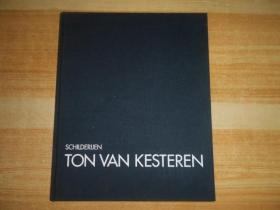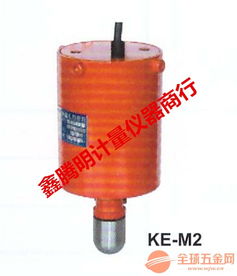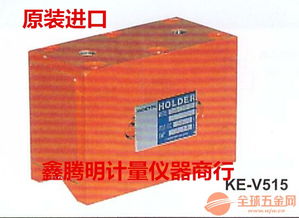Understanding the Conversion Between 1 Ton and M3
When it comes to measuring volume and weight, the conversion between 1 ton and cubic meters (m3) is a common query. Whether you’re dealing with construction materials, shipping goods, or simply trying to understand the dimensions of an object, this conversion is essential. Let’s delve into the details of this conversion and explore its various dimensions.
What is a Ton?

A ton is a unit of mass or weight. It is commonly used in the United States and other countries that have not adopted the metric system. There are two types of tons: the short ton and the long ton. In the United States, the short ton is the most commonly used, which is equivalent to 2,000 pounds or 907.18474 kilograms.
What is a Cubic Meter (m3)?

A cubic meter is a unit of volume. It is used in the metric system and is equivalent to 1,000 liters or 35.3147 cubic feet. It is commonly used to measure the volume of liquids, gases, and solids.
Conversion Formula

Now that we understand the basic definitions of a ton and a cubic meter, let’s look at the conversion formula. To convert from tons to cubic meters, you need to know the density of the material you are measuring. The formula is as follows:
| Volume (m3) | = | Mass (tons) / Density (tons/m3) |
|---|---|---|
For example, if you have a material with a density of 2 tons/m3 and you want to convert 5 tons to cubic meters, the calculation would be:
| Volume (m3) | = | 5 tons / 2 tons/m3 |
|---|---|---|
| 2.5 m3 |
In this case, 5 tons of the material would have a volume of 2.5 cubic meters.
Common Densities
Understanding the density of materials is crucial when converting between tons and cubic meters. Here are some common densities for various materials:
| Material | Density (tons/m3) |
|---|---|
| Water | 1.0 |
| Concrete | 2.3 – 2.5 |
| Steel | 7.8 – 8.0 |
| Wood | 0.5 – 0.7 |
Applications
The conversion between tons and cubic meters has various applications in different fields:
-
In construction, it is essential to know the volume of materials needed for a project, such as concrete or steel.
-
In shipping, the conversion is crucial for determining the weight and volume of goods to be transported.
-
In agriculture, it is important to measure the volume of fertilizers or water used for irrigation.
-
In manufacturing, the conversion is necessary for calculating the amount of raw materials required for production.
Conclusion
Understanding the conversion between 1 ton and cubic meters is essential for various applications in different fields. By knowing the density of the material you are measuring, you can easily convert between these two units. Always remember to use the correct formula and consider the density of the material to ensure accurate conversions.




